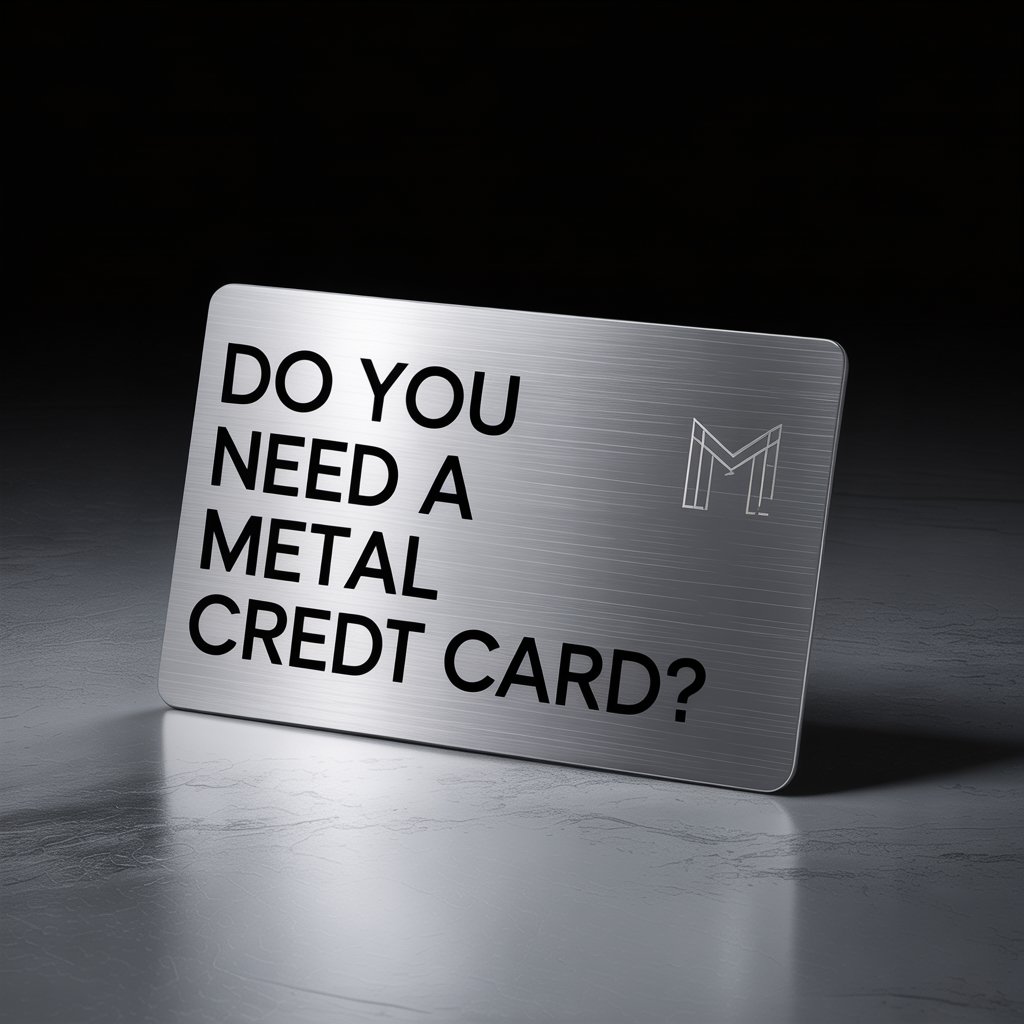In the world of premium banking, metal credit cards have become a symbol of status, exclusivity, and added value. But beyond their sleek and luxurious design, do they really offer enough to justify the fees and requirements? If you’re considering whether to get a metal credit card, this guide breaks down what works, what doesn’t, and whether it fits your financial needs.
What is a Metal Credit Card?
A metal credit card is made from a mix of materials like stainless steel or titanium instead of plastic. These cards are usually offered to high-spending individuals and come with enhanced benefits. While they feel premium in hand, what truly sets them apart are the rewards, perks, and personalised service they often include.
Pros of Getting a Metal Credit Card
1. Premium Rewards Structure
Metal cards typically provide access to much higher reward point multipliers than standard cards. For instance:
- With the Ashva Credit Card, users can earn up to 60X reward points with a redemption value of up to ₹0.40 per point.
- The Mayura Credit Card offers a similar 60X reward structure but with a higher redemption value of ₹0.50 per point, making your points more valuable when redeemed for travel, vouchers, or merchandise.
These elevated reward systems are ideal for those who spend heavily each month, particularly across travel, dining, or luxury segments.
2. Attractive Welcome and Renewal Benefits
If you’re planning to get a metal credit card, the joining and annual fee benefits are an important factor.
- The Ashva Credit Card offers ₹2,000 cashback on joining fee payment and annual fee benefits worth up to ₹3,000.
- The Mayura Credit Card ups the game by offering ₹4,000 cashback on joining, though it comes with a higher annual fee of ₹7,500.
These benefits can significantly offset the cost of ownership—especially in the first year.
3. Lower Forex Markup for International Spends
For frequent travellers, a metal card often includes a reduced foreign transaction fee. The Ashva Credit Card, for example, charges only 1% forex markup, which helps you save on international purchases compared to the standard 3.5% on regular cards. It’s a subtle but valuable feature if you frequently transact in foreign currencies.
4. Prestige and Build Quality
Of course, the physical appeal of a metal credit card cannot be ignored. It’s heavier, feels luxurious, and often turns heads at high-end restaurants or travel lounges. While not a functional benefit, it adds to the overall experience for users who value design and presentation.
Cons to Consider Before You Get a Metal Credit Card
1. Higher Annual Fees
The benefits come at a cost. The Mayura Card, for example, has a steep annual fee of ₹7,500. Even though you may recover this through rewards or cashback, it only makes sense if your spending is consistent and high.
2. Not Ideal for Minimal Spenders
If your monthly expenses are modest, you may not earn enough reward points to justify the card’s cost. For such users, premium plastic cards or low interest rate cards could be more practical.
3. Limited Utility in Some Scenarios
Metal cards can’t be used at all swipe machines, especially in rural areas or small outlets. Their rigidity may also make contactless payments or swiping through older machines a bit more difficult.
Final Thoughts
A metal credit card isn’t for everyone, but if you’re someone who travels frequently, enjoys luxury spending, and can benefit from enhanced reward structures, it might be worth the investment. Cards like Ashva and Mayura from IDFC FIRST Bank combine style with substance, offering strong cashback, high reward point multipliers, and cost-effective forex features. So, before you apply, evaluate your lifestyle and spending habits. If the value you get exceeds the fee you pay, then yes, it may be time to get a metal credit card.






